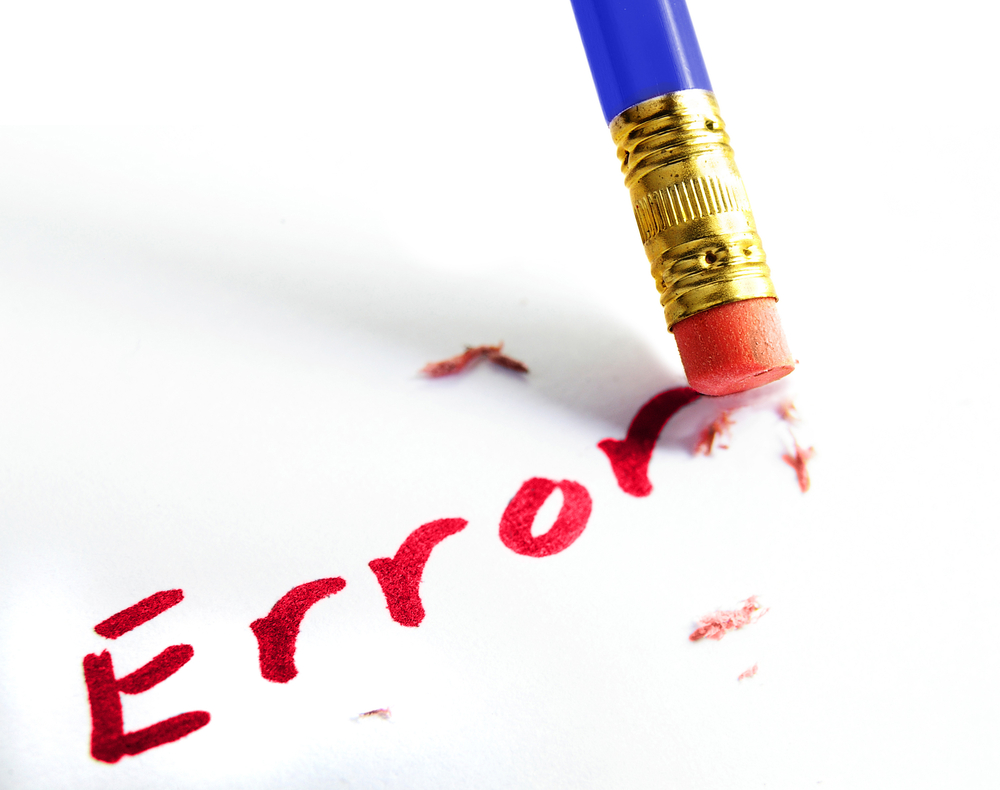Like a lot of people, if you didn’t watch Breaking Bad, you’re probably sick and tired of hearing about it from people who (myself included) incessantly preached its gospel of moral ambiguity and modern Jacobean tragedy. But there’s a content marketing lesson to be learned from anti-hero Walter White, so bear with me for a moment.
There’s a famous moment in the show’s fourth season where White, deep into the drug trade, responds to his wife’s protests against his acts with a speech that ends in, “A man opens his front door and gets shot and you think that of me? I am the one who knocks.”
When it comes to written content – blogs, thought leadership pieces, op-eds, industry trend reporting, whitepapers or whatever else – you need to be ruthless. You need to be sure your creative team can provide writing that’s going to be catchy, compelling and clean. As a longtime copy editor, I see that last bit as particularly important. Typos are inevitable, but a piece can’t have improper grammar or a high volume of errors without creating a bad impression of your company. You need to have a copy editor who will knock – who can spot glaring errors and thematic inconsistencies and hunt them down the way Walt White hunts down loose ends.
Typos are human, but bad editing is unacceptable
The content marketing world has long abandoned the idea that stuffing keywords into loosely relevant paragraphs will provide any long-lasting search value. Quality has outpaced quantity as a priority in the search marketing world – as it should.
Even if it’s time-consuming, the closest possible copyediting is essential to long-term content success.
As early as 2002, studies have pointed out the value of proper grammar in online copy. Stanford University researchers surveyed 1,600 American and European Internet users to learn what they valued in company websites, and many of them listed spelling mistakes and overall sloppy, unprofessional appearance as factors that made them look unfavorably at a particular brand.
While most people won’t bat an eye at one or two typos, your target audience isn’t going to take a blog post seriously if it contains obvious errors, is poorly written or suffers from both of those afflictions. Not to mention that industry competitors and peers who have their content on lock will turn up their noses. Even if it’s time-consuming, the closest possible copyediting is essential to long-term content success.
Building trust with an outside editor
There’s no magical, foolproof formula for editing. Aside from sticking to the indisputable basics of grammar or Associated Press style (and its various equivalents), you can’t consistently follow certain steps the way Jesse Pinkman followed Mr. White’s meth recipe and end up with the same perfect results every time. It can be hard for those who feel ownership of a brand to relinquish editing to an external partner.

Indeed, there are moments when good editors will find themselves having internal debates that boil down to a matter of opinion. Sharp editors will ask questions like, “Is this the best possible phrasing?” “Will our target audience laugh at this reference?” “Is this tone right for our brand?” The consideration is valid, though there isn’t always one right answer – and a marketer working with outside editors and writers might find there’s a learning curve in coming up with the best answer for the publishing brand.
About two years ago, my agency took on a major client, a nationwide real estate brokerage. The relationship got off on the wrong note because of a misspelling in a piece submitted for review. I was worried my team had lost the client’s confidence early on – and I understood why. When clients are mad over undeniable typo-related issues, they’re absolutely right.
To quote another one of my favorite shows, Mad Men, “THAT’S WHAT THE MONEY IS FOR!!!!” It’s a paid editor’s responsibility to meet clients’ needs. More, if you’re investing time into your own blog or other website content, you owe it to yourself to make sure that your copy is pristine.
But remember that I said “typos are human”? They should not happen and I do not condone them, but we earned back the client’s trust by showing that we are ‘ruthlessly’ responsive.
We responded to them immediately, and in turn, our team developed an even more rigid editing system. As is standard, a writer would draft and review a piece and an editor would edit it, but then the writer would go through the piece again and some of my team’s most experienced editors would review with a fine-toothed comb. This was necessary and made a clear difference. Not only did we banish typos, but the process allowed multiple people to weigh in on the subjective areas of each piece. The client noticed and quickly grew confident in our work.
Beyond my first subjective concerns, I look at errors that can’t in any way be justified or explained.
Editing beyond the letter of the law
Personally, when I edit copy, my first step is to ascertain the point of a given piece of content. If it’s a thought leadership piece or whitepaper, every word, sentence and paragraph needs to position you (or your client) as an undeniable industry authority. For a blog, the tone is usually more light-hearted – trying to attract attention by being casual and easy to read – and your phrasing should reflect that.
Beyond those subjective concerns, I look at errors that can’t in any way be justified or explained, such as the following:
- Misspellings
- Common word misuses (that vs. which, that vs. who, affect vs. effect, a vs. an, et. al.)
- Punctuation errors
- Problematic sentences (incomplete or fragmented thoughts, etc.)
- Incorrect facts (arguably the worst possible mistakes – certainly the ones most detrimental to credibility)
The final thing to consider when editing content is that while you shouldn’t be afraid to cut judiciously when necessary, you’re dealing with someone else’s work. So unless the writer got it entirely wrong, you want to preserve his or her voice and style – not impose your own.
That being said, never be afraid to knock on the door of bad copy and take it out with extreme prejudice.



